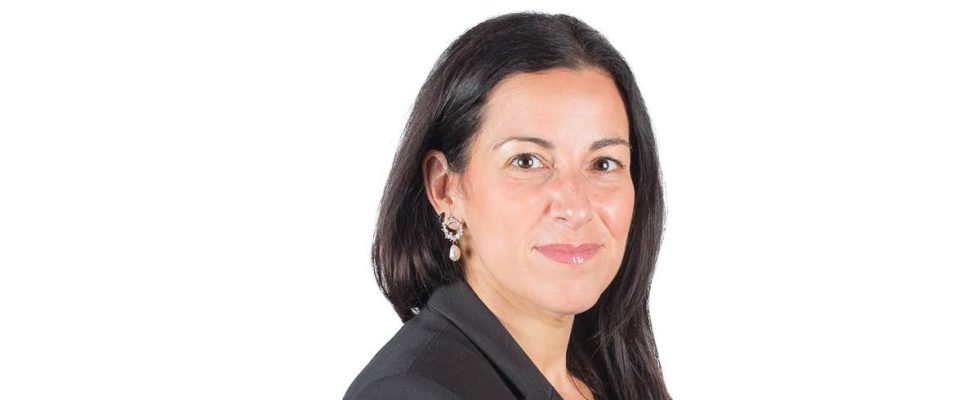When it comes to planning their estate, many have the reflex to think that everything is already settled since they have accumulated a significant amount of assets or at least drawn up a will. Among them, a “they will have enough to get by” sometimes dares to emerge from deep within to sneak into the words. It is not that simple.
It is true that a positive inheritance balance sheet is already good news in itself for your heirs. This means that the value of all of your assets is greater than that of your liabilities, including your deferred tax debt. Currently, many Quebecers from the baby boom generation even have considerable inheritance balances. But the lack of interest in the culture of transmitting heritage to future generations expresses our society’s lack of experience in these matters as well as a low level of general knowledge on these issues.
Let’s first agree that estate planning is more than just writing a will. This approach aims more broadly to establish a set of strategies and actions to orchestrate the distribution of legacies to your heirs, to facilitate the settlement of your estate by its liquidator and, ideally, to limit the costs and taxes to be paid afterwards. your death. It also allows you to review the holding structure of your assets in order to facilitate their transfer, your life insurance needs and the designation of beneficiaries, in particular. It can also include preparing your funeral arrangements, your digital will and planned giving strategies.
The issue of inheritance liquidity
There is confusion between estate balance sheet and estate needs. Indeed, you can present a significant balance sheet at death, but still have the advantage of reviewing certain elements of your asset management. The first question to ask yourself will be: what will your estate assets be available at the time of your death? Taxes payable in the event of death are calculated on the date of the event (according to the deemed disposition rule).
However, the settlement of the estate, even for the simplest cases, can take 12 to 18 months, while more complex estates, with a corporate structure, stretch over several years. So, even a large estate, if it does not offer liquid assets, can make your heirs financially vulnerable, or at least offer them generous headaches.
For example, if you have large registered plans, income properties or even shares in a private company, their disposition will likely generate a significant capital gain. Of course, your estate will benefit once the settlement is complete. But estate planning allows you to accurately estimate cash flow needs at the time of death and employ strategies to avoid chaotic and unnecessarily stressful settlements.
Finally, estate planning focuses on the best way to achieve your legacy goals, by limiting the cost associated with your generosity. For example, the tax rollover of certain assets to the surviving spouse allows the taxes payable to be deferred upon the death of the latter. Before allocating certain specific bequests to other heirs, such as your children, it is important to establish strategies with your financial planner. This consideration is even more important if you have children from a previous union or children who are still minors.
It’s not just life insurance
Of course, who thinks of inheritance thinks of life insurance. This tool remains very effective for building up significant assets to pass on to your descendants, or for optimizing the estate by providing liquidity to pay taxes, in particular. In wealthy families, life insurance is also considered a tool for diversifying assets and maximizing wealth for future generations.
But what to do if you have more modest assets and income? Or if your state of health makes it difficult for you to be insured? There is a lesser known way to provide additional liquidity to the estate upon death, which is to transfer part or all of one’s investment portfolio into segregated funds.
Summarized to its essentials, the segregated fund is a mutual fund, but comes with an insurance cost because it is distributed by an insurance company. Therefore, different products exist with capital guarantees on death or after a certain maturity. But what interests us here is the possibility of naming beneficiaries. Upon death, the balance of the investment account is then paid directly to the designated beneficiary(ies), while the other assets will be “frozen” in the estate.
You can also consider purchasing a life annuity, with different strategies allowing you to transfer the annuity to beneficiaries in your family. For example, if you had a guaranteed period to your life annuity, payments can be made directly to your designated beneficiaries if you die at the end of the guaranteed period. Finally, the planned giving strategy allows you to establish donations of various eligible assets upon your death to one or more charitable organizations of your choice, thereby reducing the taxes payable to your estate at the time of your death.
Different factors must be considered before deciding between life insurance, segregated funds, annuities or planned gifts. It is also very possible to use a set of strategies. Furthermore, the objectives of estate planning are very different, from one stage of life to another, from one person to another, from one family to another. From experience, the feeling of lightness and pride observable at the end of the exercise is conclusive. There’s nothing more satisfying than knowing everything is organized. Then all that remains is to enjoy life!
